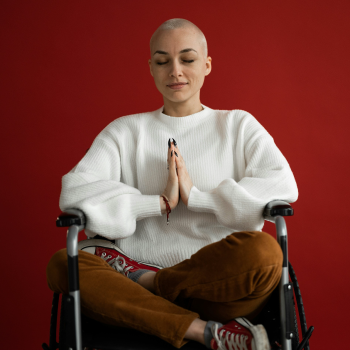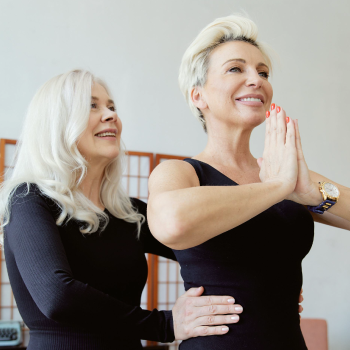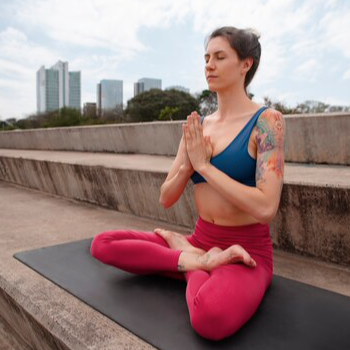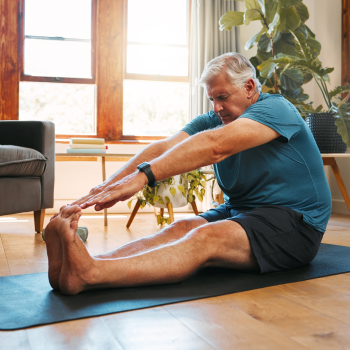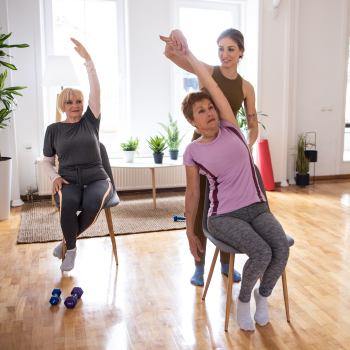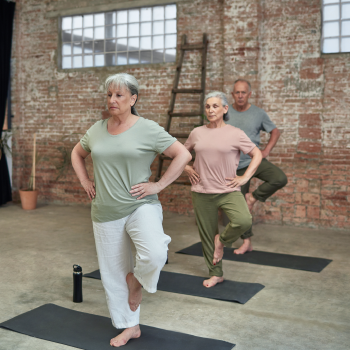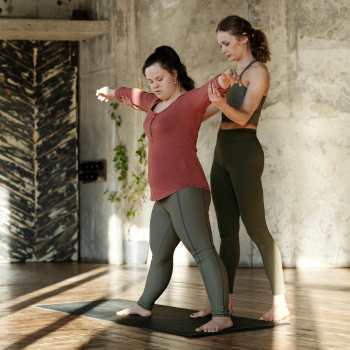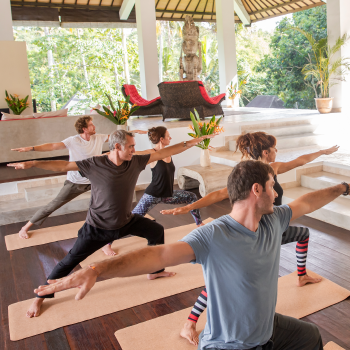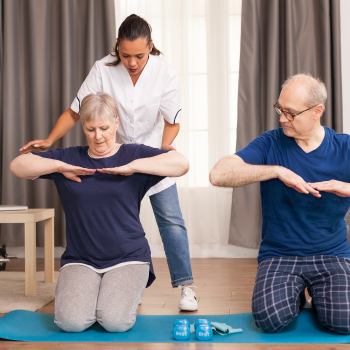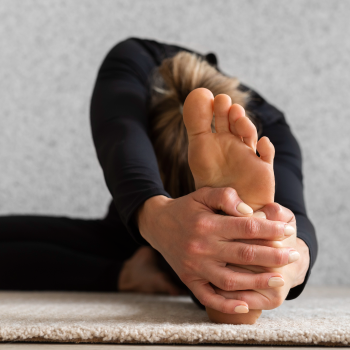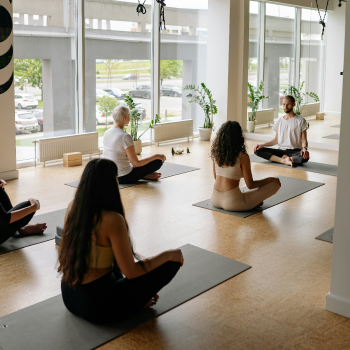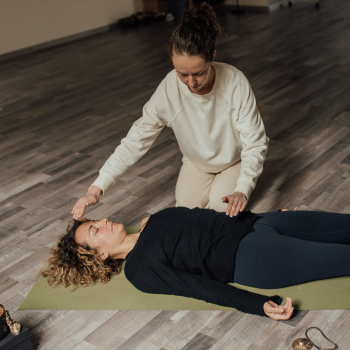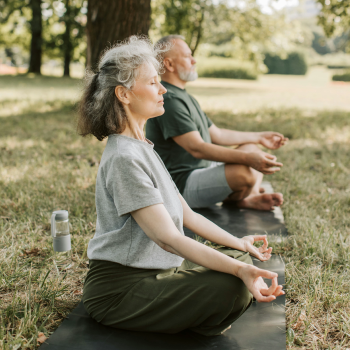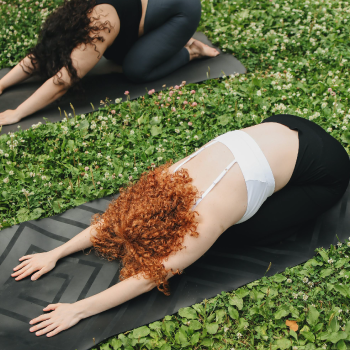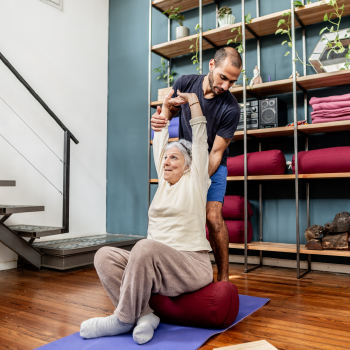The Impact of Yoga and Psychoeducation on Epilepsy Co-morbidities
Abstract
This case study examines a randomized controlled trial (RCT) that investigated the effectiveness of yoga and psychoeducation in reducing felt stigma, neuropsychiatric outcomes, and seizure frequency in persons with epilepsy. The study focused on addressing these co-morbidities, which are often neglected in resource-limited countries.
Background and Objectives
Epilepsy is often accompanied by various co-morbidities such as stigma, anxiety, and depression, significantly impacting the quality of life of those affected. The primary objective of this RCT was to determine if yoga combined with psychoeducation could effectively reduce felt stigma (the primary outcome), improve neuropsychiatric outcomes, and decrease seizure frequency compared to sham yoga and psychoeducation.
Methods
Design: Assessor blinded, sham-yoga controlled RCT.
Participants: Patients aged 18-60 years, clinically diagnosed with epilepsy, and scoring above the cut-off for felt stigma on the Kilifi Stigma Scale.
Intervention: Participants were randomly assigned to either yoga therapy plus psychoeducation (intervention group) or sham yoga therapy plus psychoeducation (comparator group) for three months.
Outcomes Measured: Felt stigma (primary outcome), seizure frequency, quality of life, anxiety, depression, mindfulness, trait rumination, cognitive impairment, and emotion regulation.
Assessment Periods: Baseline, 3 months, and 6 months.
Statistical Analysis: Parametric/non-parametric ANCOVA and chi-square test.
Results
Participants: 160 patients enrolled.
Felt Stigma: Significant reduction in the intervention arm compared to the control arm (p = 0.006, Cohen’s d = 0.23).
Seizure Frequency: Higher odds of >50% seizure reduction (OR 4.11) and complete seizure remission (OR 7.4) in the intervention group.
Neuropsychiatric Outcomes: Significant improvement in anxiety, cognitive impairment, mindfulness, and quality of life in the intervention group (p < 0.05).
Discussion
The study demonstrates that yoga, coupled with psychoeducation, can significantly alleviate the burden of epilepsy. It not only reduces perceived stigma but also positively impacts seizure control and improves various neuropsychiatric outcomes. This finding is particularly relevant in resource-limited settings where such co-morbidities are often overlooked.
Conclusion
Yoga and psychoeducation emerge as effective interventions for improving the overall quality of life in individuals with epilepsy. They address critical aspects such as stigma, mental health, and seizure control, which are essential for holistic epilepsy management.
This case study highlights the potential of integrative approaches in managing chronic conditions like epilepsy, emphasizing the need for comprehensive care strategies that go beyond conventional medical treatments.
Source: https://n.neurology.org/content/early/2023/11/08/WNL.0000000000207944
Written By: Ram on 12-01-2023

